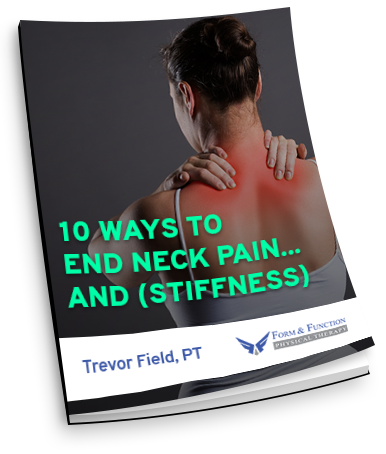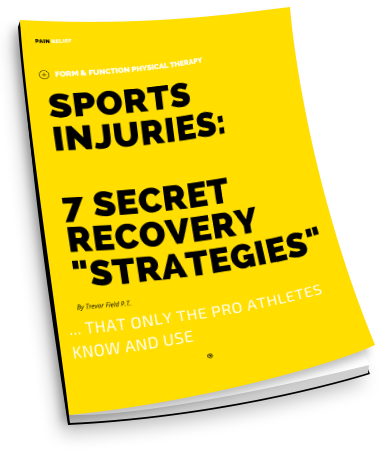
- Do not sit for prolonged periods. Even if your seat is supportive, postural muscles fatigue after about 20 minutes and you will begin to slouch causing more stress to the back. A simple rule would be to stand for one minute after 20 minutes of sitting.
- Do not hold your breath. When you’re in pain it is a natural tendency to hold your breath. It’s your body’s way of “splinting” itself. It is also a compensation your body makes to stabilize itself if the core muscles are weak. However, when you hold your breath, it increases pressure in the abdominal cavity, and pressure on the spinal discs.
- Do not lift. No matter the source of the injury, lifting causes compression to the spine. Depending on the severity of the injury, even as little as 5 pounds can cause increased pain. If you must lift…
- …do not lift away from your body. Simple physics tells us the longer the lever (the further away the load is from the body) the more torque is generated. Keep everything close to your body.
- Do not twist, particularly if carrying something. Rotational forces can be the most damaging to the spine, as it places the disc in its most vulnerable position. The “Do’s”
- Ice. Especially if it’s the first 48-72 hours after the pain started. This will help with the acute inflammation, and will dull the pain. Even as little as 10 minutes will help. If you are using a gel pack you can lie on it through 1-2 layers of t-shirt with your legs elevated. If you’re using an ice bag you may require additional layers to protect your skin, and it should be placed on your back as you lie on your stomach. If you are uncomfortable on your stomach, try lying with a pillow under your belly button.
- Heat. You can begin to heat after the acute (48-72 hour) period has passed. This can help alleviate tight, stiff muscles, and improve circulation to the area. A hot shower is a good way to apply heat, or with a heating pad in the positions described with ice. If you are lying on the heating pad you may need an additional layer between you and the heat source to prevent a burn. The best time for heat is when you wake, or before activity. heating should be about 10 minutes as well. Prolonged heating of 15-20 minutes can aggravate your pain, so monitor your time and intensity of heat.
- Topical analgesic products. Balms, creams, gels, oils, lotions, patches, ointments can be found in every pharmacy without a prescription. Understand they will not cure your problem, but they can be effective in reducing the intensity of the pain.
- Take frequent breaks. If you have a lot to do that will require being in a prolonged position, or repetitive movement, break it up. If your typical yardwork takes an hour, 4 15 minute jobs spaced throughout the day may save you some pain.
- Hydrate. The cells require water to carry out their basic tasks, and when there is an injury there is cellular waste and inflammation that must be removed. Hydrating aides this process. Also, the disc (the cushion between the vertebrae of the spine) absorbs water, particularly when we are lying down. So drink up, it can help your back pain.





